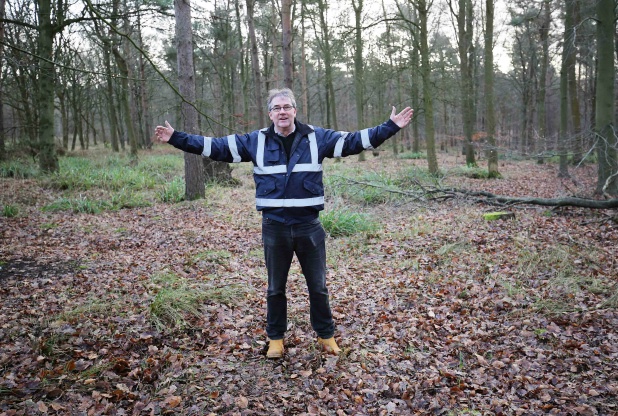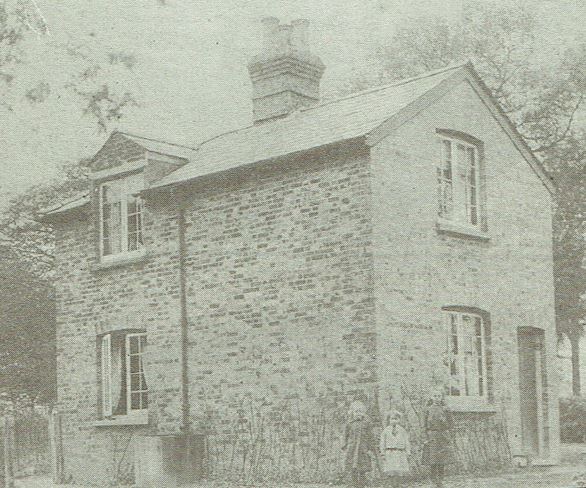Unexploded wartime bombs discovered on farmland near Hertford
Six unexploded wartime bombs, thought to have been dropped during the Second World War, have been discovered on farmland by an amateur archaeologist.
The explosive devices, which are believed to have been on Salisbury estate land outside Hertford since 1944, were uncovered by someone using a metal detector on 3rd January 2017.
The discovery was reported to Gerry McDonald, Chief Inspector of East Herts Police, at around 3.15pm the same day. Police officers and a specialist bomb disposal unit attended the scene. A police spokesman said the bombs were believed to be German and confirmed that they had been taken away to be disposed of.
William Ashley, who lives on the adjacent Monks Green Farm, contacted police after seeing the wartime bombs on the ground. He admitted: “I was a bit nervous when I realised what had been found and I took care not to kick it with my foot. The police were excellent throughout and I have nothing but praise for Gerry and his team”.
“Within 20 minutes of me calling, they were down here and had the bombs under control in no time. The bombs were spent, but they could have been otherwise.”

Report of local bombings in WWII
A 1998 article, published in the Mercury and written by Mr Ashley’s father, Peter, recounted the destruction of a cottage and caravan which lay close to the farm by a German V1 flying bomb in 1944.
The missile, which was nicknamed the Doodlebug by the Allies, landed directly between the 19th century cottage and the caravan, obliterating both and killing resident Mrs Dench.
Mrs Dench’s daughter was badly injured in the explosion while the grandfather suffered a broken leg, and a baby, who had been born on D-day, miraculously escaped the ordeal unscathed.

Mr Ashley says he believes that the recently discovered bombs may have fallen at the same time as the event detailed by his father’s article and become buried in the field.
“The bombs were found about 20 metres from where I know the cottage used to stand so I think it must be related to that,” he added.
“It is a massive coincidence that these bombs have been found so close to where my father wrote about almost 20 years ago”.
“Today, nothing is left of the cottage, but these bombs act as a reminder of what did happen there and to many others who lost their lives in World War Two”.
UXO Support
Brimstone is a leading provider of UXO risk management support. We work round the clock supporting our clients who are working to clear sites before they begin the groundworks of their project. You can browse our full range of services and learn how we can support you by exploring our website.
You can keep up to date with Brimstone by following us on Facebook, Instagram, X (formerly known as Twitter), LinkedIn and YouTube.